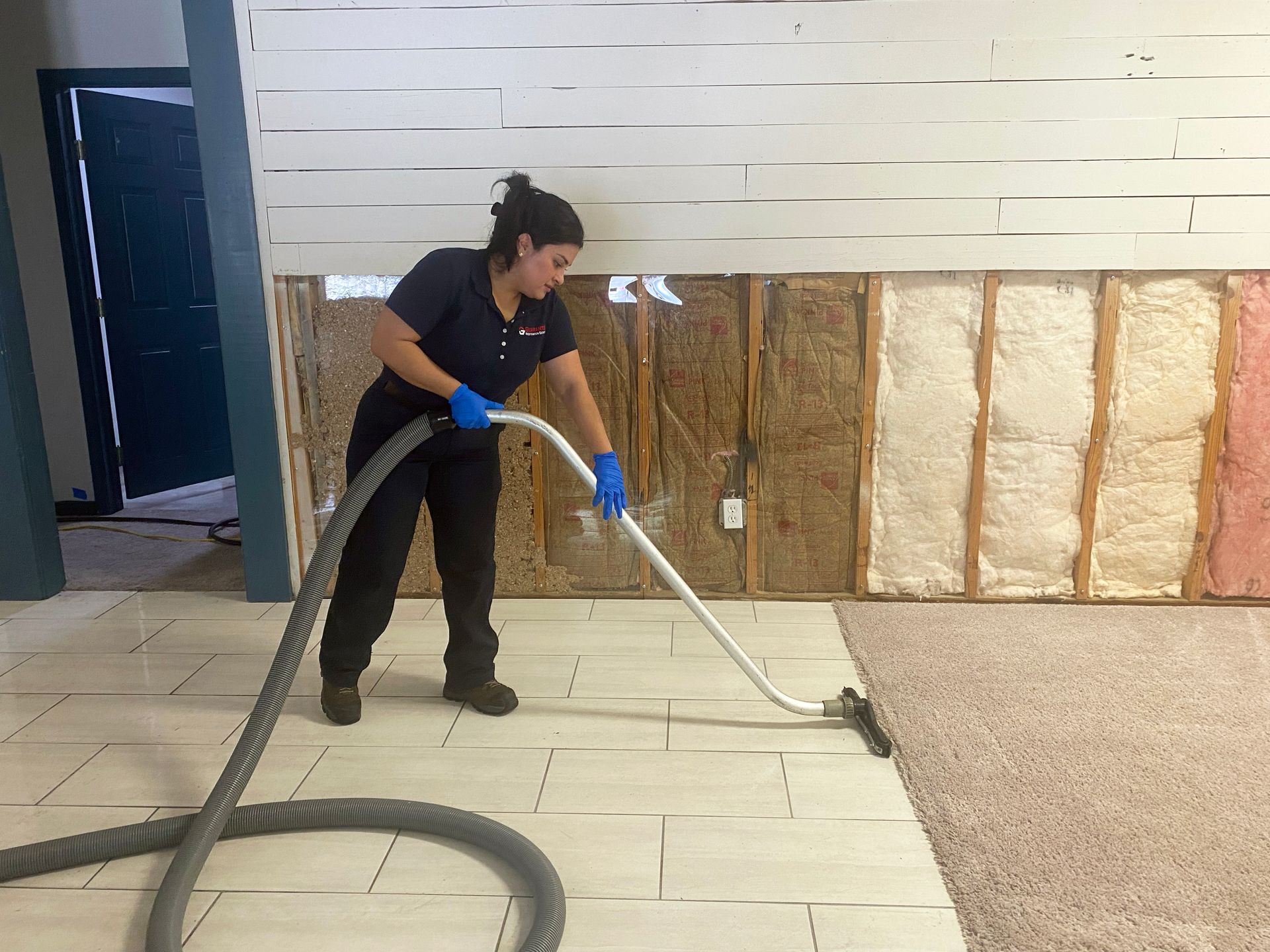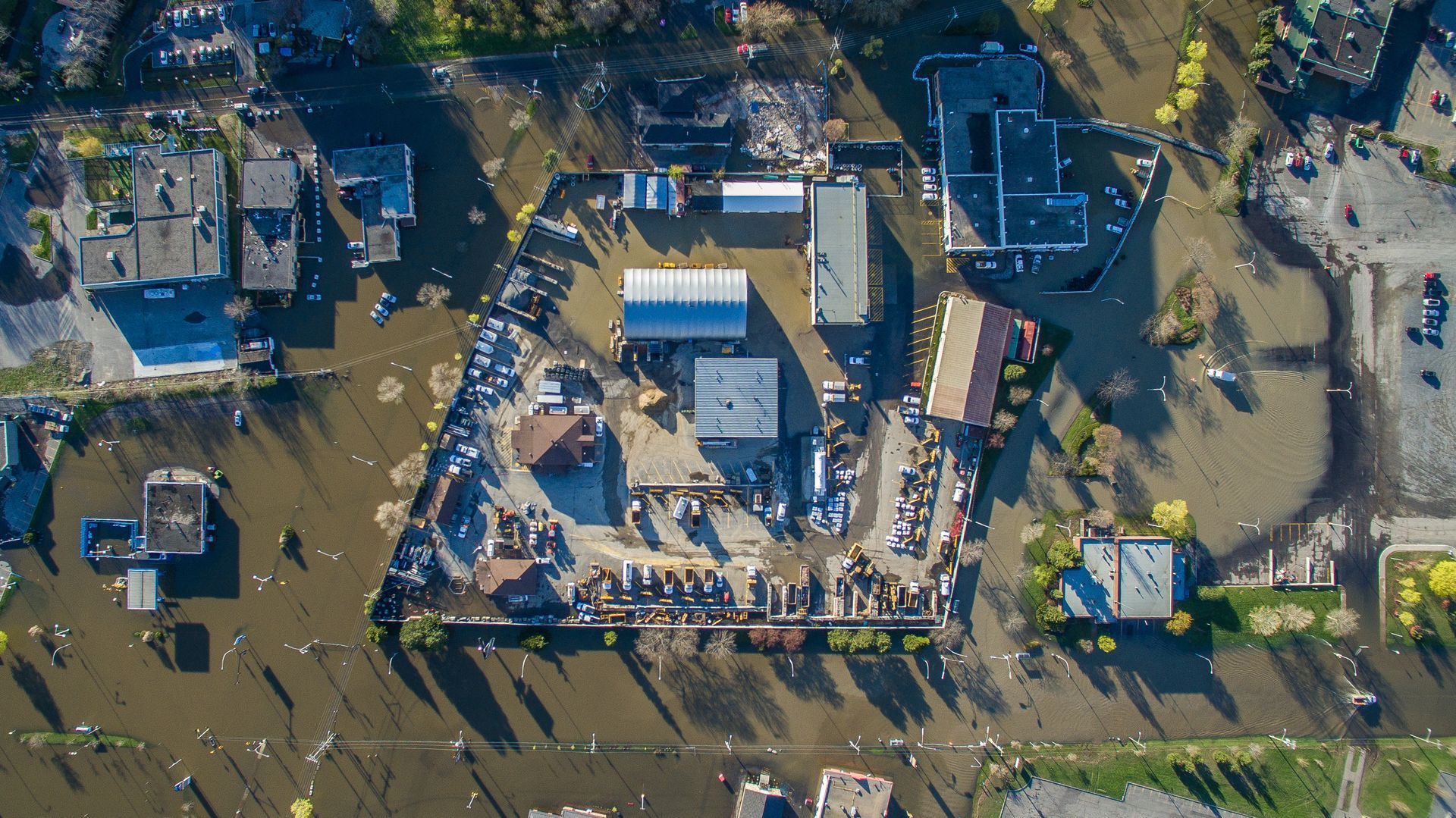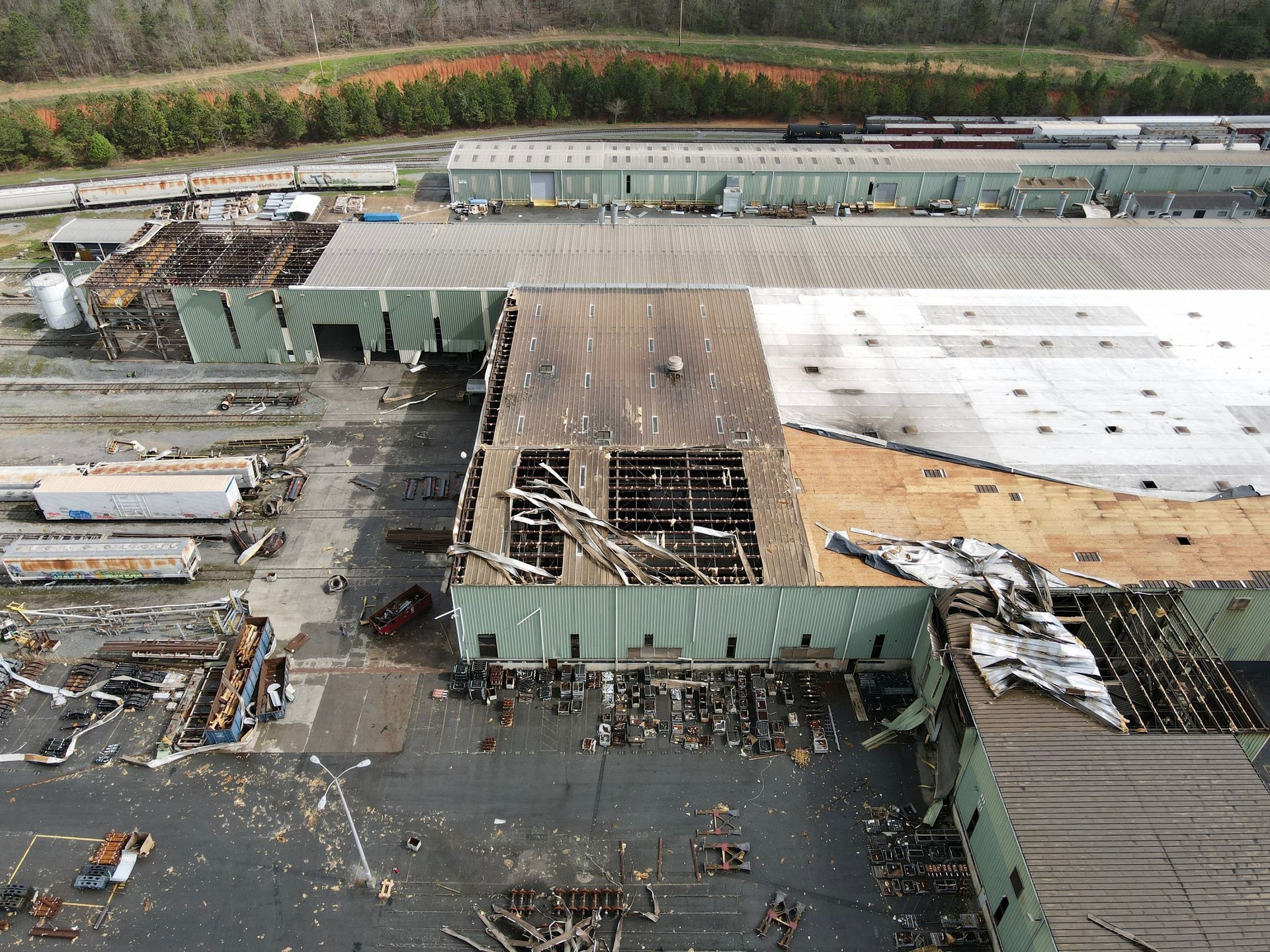Water Damage At Your Property, Now What?
Water damage can be hard to detect and extremely expensive to repair. Water can sneak in from anywhere, including missing shingles, peeling caulk, leaky pipes, surface backups or even sewage systems. Keep a close eye and nose on your house. If you see peeling paint, mold, or mildew on walls, or if you smell a persistent, musty odor, you may have a bigger problem on your hands.
The good news is, there are some preventative measures you can take to reduce water damage from occurring. Some simple steps include:
- Ensuring your gutters and downspouts are always cleaned
- Maintaining your sump pump (and make sure it has battery backup)
- Regularly inspecting water supply lines to your refrigerator and washing machine
We understand that sometimes, emergencies or natural disasters happen. First, if you have water damage at your home or business, be sure to immediately turn off the water source if applicable. In the first 100 minutes, as our team of property damage restoration experts responds to your call, move any furniture or electronics away from the affected area. It is important not to power up any electronics. Meanwhile, take pictures of any property damage and allow our team to safely remove the water.
In addition, it is important to note that there are three classes of water, which range from clean source to contaminated. However, the longer the water sits in a building or a home, the more likely it becomes contaminated. Here are the three categories of water:
- Cat 1: Clean Water Damage: Clean water is the first category of water damage that can affect your business. It is, as the name describes, clean or uncontaminated water from a faulty appliance or broken water line. Depending on the materials of the affected areas, this can change.
- Cat 2: Gray Water Damage: The second category of water damage is water which comes from a source that may contain contaminants, like a toilet without feces, snow, or rainfall, or a dishwasher. Again, quick action and repair is necessary for effective water damage mitigation.
- Cat 3: Black Water Damage: The third category of water damage is considered the most dangerous and can cause the most destruction to your business and health. This includes water from overflowing rivers, sewage, or groundwater. This water can include pathogens that carry viruses, bacteria, and parasites. Although we encourage you to use our team for any category, this category of water should be managed by a certified water restoration company.
Finally, as the leading restoration company along the Gulf Coast, we pride ourselves on our five core values of honesty, partnership, efficiency, workmanship and commitment. It is important to call on a team who understands that reducing the secondary damage to floors and contents is vital. Our team of restoration professionals is committed to providing quick responses and solutions, not excuses. At Guarantee Restoration Services, we are there when you need us the most.






